Natural isolates in perfumery

While isolates provide huge opportunities for perfumers to show up their creativity in an extreme extended manner, they might be a concern for perfume users if not created following really natural means.
The term “natural isolates” became a big vague nowadays in the entire perfumery industry and you might be wondering – which isolates are “really natural” in terms of international standards? Let’s try to explore together.
In this article, we’ll be discussing everything you need to know about natural isolates in perfumery and why you should avoid their synthetic counterparts in a more scientific and humanistic manner. So, let’s get started.
Table of contents
-
What are natural isolates?
-
How are natural isolates made?
-
What are isolates in essential oils?
-
What are plant isolates?
-
What are isolates in fragrances?
-
What is an aromatic isolate?
-
Natural isolates in perfumery
-
Final words
What are natural isolates?
Each essential oil used in perfumery consists of several naturally occurring chemical constituents.
Essential oils can be composed of only a few to up to more than 100 single substances. Being natural mixtures of a very complex nature, essential oils may consist of about 20–60 components at quite different concentrations, with two or three major components being present at fairly high concentrations (20–70%), compared with other components present in trace amounts.
Essential Oils as Natural Sources of Fragrance Compounds
Natural isolates are single molecules that have been separated or “isolated” from natural raw materials or essential oils, using the minimum invasive extraction methods like fractional distillation and selective CO2 extraction. These single molecules are extracted by purely manual and physical means and do not go through any chemical transformation or Bio-Tech process.
How are natural isolates made?
Natural isolates are made by extracting single molecules from essential oils or raw materials that exist in nature such as living plant materials like leaves, flowers, and fruits. These single molecules are made the same way essential oils are, using manual distillation or extraction.
But unlike the process of making essential oils, in which the whole plant oil is collected, perfumers target one specific molecule from the sources, which seems to have the potential to give a unique and distinct aroma, to the aroma molecule.
What are isolates in essential oils?
Essential oils contain a wide range of varying phytochemical constituents that are created and affected by various environmental factors such as sunlight, rainfall, pH of the soil, and others. When single chemical components are manually and physically isolated from essential oils using the minimum invasive extraction methods such as fractional distillation or selective CO2 extraction are called isolates.
In essence, isolates in essential oils simply refer to isolated single molecules that have been extracted from essential oils using the least possible invasive manner to keep the purity and quality of the molecule intact as exists in nature.
What are plant isolates?
Plant isolates refer to a subpopulation of microorganisms isolated from its host or parent population under a specific environment in a controlled manner. It is used in plant pathology. For example, samples of pathogens isolated from diseased plant tissues through culture are known as plant isolates.
What are isolates in fragrances?
Isolates in fragrance refer to single odor molecules that are isolated from their source substances through various processes and are used to add a unique character and lift to the scents. These isolated aromatic molecules can be produced from natural raw materials or essential oils using minimal invasive extraction methods such as distillation, or various laboratory processes that can include using chemicals to isolate them.
What is an aromatic isolate?
An aromatic isolate is a specific single molecule, isolated from essential oils, which naturally occurs in many different varying aromatic plants such as lavender, clary sage, neroli, and ho wood as well as others.
Aromatic isolates can be extracted from raw materials sourced from nature such as flowers, leaves, and roots, or can be produced synthetically in labs as well. However, these isolates are typically not used in aromatherapy, but rather revered as perfume ingredients, and are widely used in a whole variety of fragrant products including perfumes, candles, soaps, deodorants, and body care products to exert a specific scent.
Geraniol is a good example of an aromatic isolate. It is a monoterpenoid isolate of Palmarosa that also occurs in various other essential oils such as Geranium, Citronella, and Rose. It is highly valued as a perfume ingredient, but not used in aromatherapy. Geraniol is usually used in floral perfumes to
Natural isolates in perfumery
In perfumery, isolates are added to perfumes due to they can offer basic aromas and can increase the intensity of the scents. They might be a cheaper option as well. There are two types of isolates out there – natural isolates and synthetic isolates, although the term “isolates” are often used to refer to fragrances as natural, but this is not always the case.
Isolates that are extracted from pure raw materials using manual distillation techniques from a range of varying botanicals or essential oils such as citrus, mint, and rose are called natural isolates.
On the other hand, fragrance isolates that are created by various laboratory processes from secret unknown advanced biotech-made materials, using chemicals or sometimes bacteria or fungi, cannot be counted within the category of natural isolates, but rather come in the group of chemical or synthetic raw materials.
This is the reason why all “legally natural” isolates are not “really natural” in terms of international standards.
While true natural isolates can offer unique fragrances, synthetic isolates may have heightened safety issues, such as making them more sensitizing.
In perfumery, isolates are added to perfumes due to they can offer basic aromas and can increase the intensity of the scents. They might be a cheaper option as well. There are two types of isolates out there – natural isolates and synthetic isolates, although the term “isolates” are often used to refer to fragrances as purely made from ingredients sourced from nature, but this is always not the case.
Isolates that are extracted using manual distillation techniques from pure raw materials derived from nature such as a range of varying botanicals or essential oils including citrus, mint, and rose are called natural isolates.
On the other hand, fragrance isolates that are created by various laboratory processes from advanced biotech-made materials, or even from processed aromatic substances, using chemicals or sometimes bacteria or fungi, come in the group of chemical or synthetic isolates. This is the reason why all isolates are not really pure in terms of international standards.
While true natural isolates can offer unique fragrances, synthetic isolates may have heightened safety issues, such as making them more sensitizing.
Final words
There are isolates that are not really natural even if they are legally considered as such.
Natural perfume lovers should be aware of the use of isolates in perfumery because little can be known from the suppliers about their real origin.
Natural isolates are only those that are extracted from pure raw materials and pure essential oils using the least invasive methods such as manual distillation.
So, next time when you buy a perfume don’t forget to check out the ECLIP list of ingredients to ensure that the isolates used in the product are pure and natural.
SEE ALSO:
Our Ethical complete list of ingredients in perfumes (ECLIP)
Natural Isolates, the brave stand of the Natural Perfumers Guild

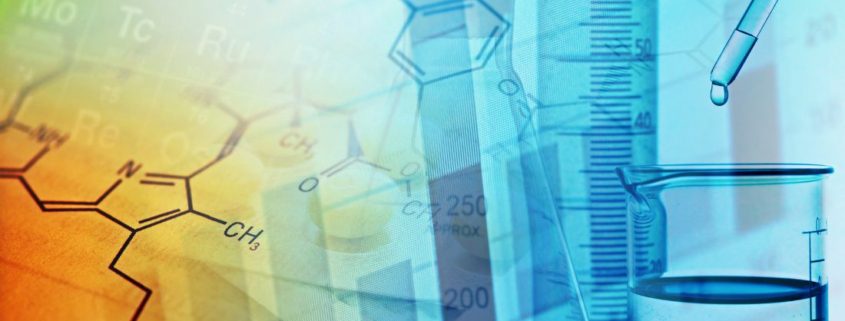
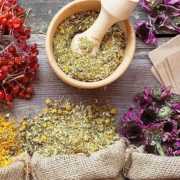
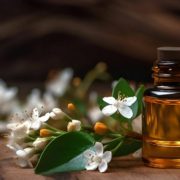

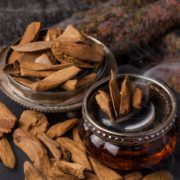
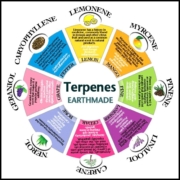
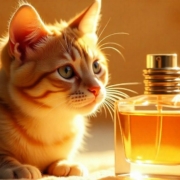
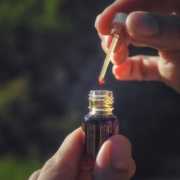
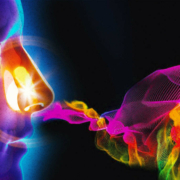














Leave a Reply
Want to join the discussion?Feel free to contribute!